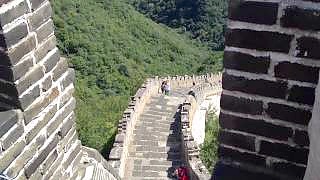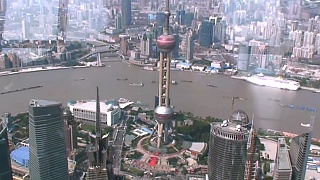With Qog Bazar ...
XinJiang, officially the XinJiang Uyghur Autonomous Region, is a provincial-level autonomous region of China in the northwest of the country. Whether the magnificent natural scenes or the hospitable people, it's a priceless treasure to see and feel.
[videogallery id=UCcDC6XZ5wmZ8NYG3zNSyclQ num=6]
 Explore XinJiang 新疆, China’s far west
Explore XinJiang 新疆, China’s far west












